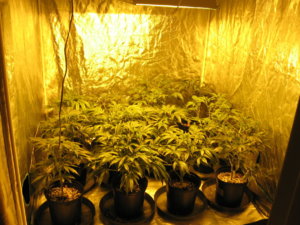thejenx
Garden Addicted
We can always go to a poor substitute, during WW2 in Holland people made "Ersatz coffee".
google translate:
As early as the nineteenth century, poor people did not drink real bean coffee, but counterfeit coffee. Usually, this 'coffee' was made from local ingredients such as chicory, grains, acorns, and even roots of dandelions. Well roasted and mixed well you got a drink that tasted vaguely to coffee. Van Gogh's potato-eaters drank cichorum coffee with their food. On the famous painting the brown brew is just poured.
In the last war, various Ersatz products were also sold in the Netherlands, such as acorn coffee and weed tea, sugar-made artificial honey, bouillon cubes without meat extract, fake tabacco, liqueur without alcohol, and jam with many colors and flavors but without fruit. It often tasted like nothing, and there was no exciting caffeine in the counterfeit coffee. But consumers were so attached to their daily cup that they took the taste of fake for granted. There was not much else, because real coffee was no longer there.
google translate:
As early as the nineteenth century, poor people did not drink real bean coffee, but counterfeit coffee. Usually, this 'coffee' was made from local ingredients such as chicory, grains, acorns, and even roots of dandelions. Well roasted and mixed well you got a drink that tasted vaguely to coffee. Van Gogh's potato-eaters drank cichorum coffee with their food. On the famous painting the brown brew is just poured.
In the last war, various Ersatz products were also sold in the Netherlands, such as acorn coffee and weed tea, sugar-made artificial honey, bouillon cubes without meat extract, fake tabacco, liqueur without alcohol, and jam with many colors and flavors but without fruit. It often tasted like nothing, and there was no exciting caffeine in the counterfeit coffee. But consumers were so attached to their daily cup that they took the taste of fake for granted. There was not much else, because real coffee was no longer there.



